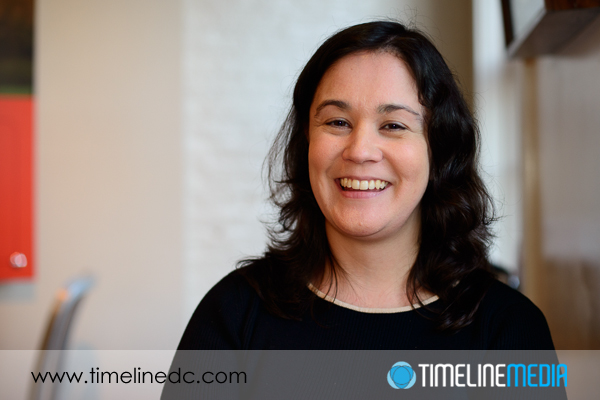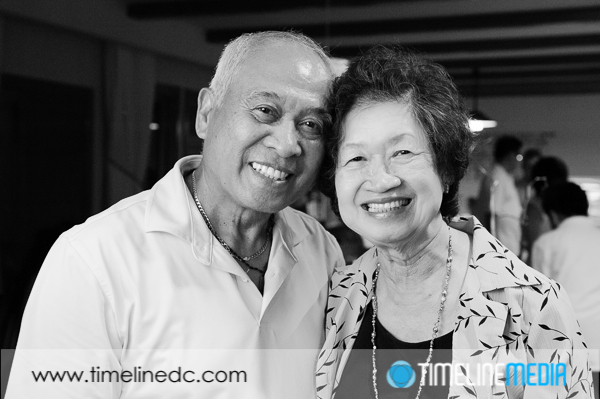With the advances in digital photography, it is easier to explain how the camera calculates an exposure. Additionally, it is easy to visualize that a larger aperture opening will let more light into the frame, or a faster shutter speed will let in less light. Once you memorize that lower ISO values are less sensitive to light than higher ones, you have the basics of the “Exposure Triangle” mastered.
Flash Portrait
Getting photographers to start using flash is a difficult step. They start to freeze up. Almost as though they just put the camera back in Program mode again. They let the camera make all the decisions like they did when they first started taking photos. Just like the settings for Aperture, Shutter Speed, and ISO, working with flash can be straightforward. However, it does add another layer to the considerations when making images. I hope that through some posts, I can get you to experiment more with your flash. Hopefully you will learn how to control it to improve your photography. It will set you apart from “natural light” photographers that never add flash. There are many that choose to do this for artistic reasons, but do not be afraid to add this to your toolkit. You will be able to make images that are IMPOSSIBLE without the flash. If you have aspirations of photographing weddings, or events, you will need to use flash at some point in order to make images that grab attention.
Pet Portrait
In my previous post on flash, the settings on the speedlight were in the default TTL (Through-The-Lens) mode. This is the equivalent of the Program or P mode. The camera and flash work together to calculate how much light to add to your scene to get a good exposure. The computing power built into both ensure that you will get good exposures – and you can still control some of the aspects of the image. You can use TTL mode in Aperture priority so that you can set the depth of field in your image to keep that control over your composition. This is the first step – and likely you will get good results with the TTL settings on your camera. I’ll post how you can take control of this just as you do with your other settings in your camera to make even better images.
TimeLine Media – www.timelinedc.com
703-864-8208



